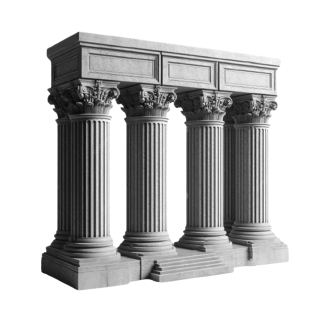
Overview
In 1958 an earthquake levelled the seaside city of Fethiye (feh-tee-yeh), sparing only the remains of the ancient city of Telmessos. More than half a century on, it is once again a prosperous hub of the western Mediterranean, and a major base for gület (Turkish yacht) cruises. Despite its booming growth, Fethiye is low-key for its size, due mostly to restrictions on high-rise buildings and the transitory nature of the gület business, which brings travellers flocking here between April and October.
Leave the planning to a local expert
Experience the real Fethiye. Let a local expert handle the planning for you.
Must-see attractions
in partnership with getyourguide







